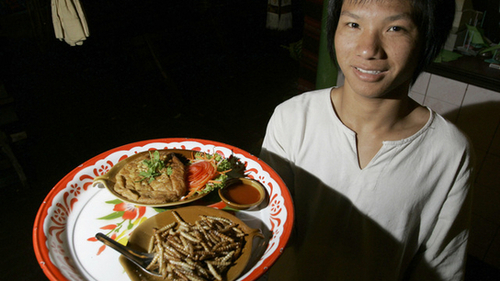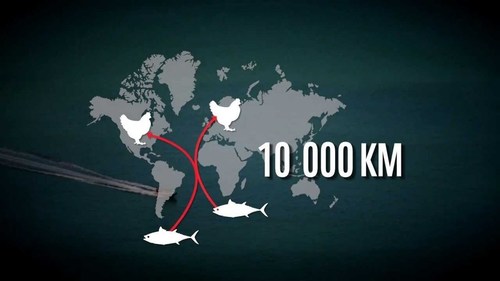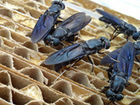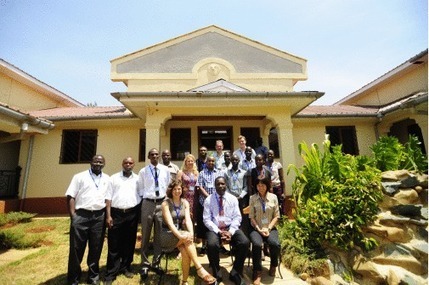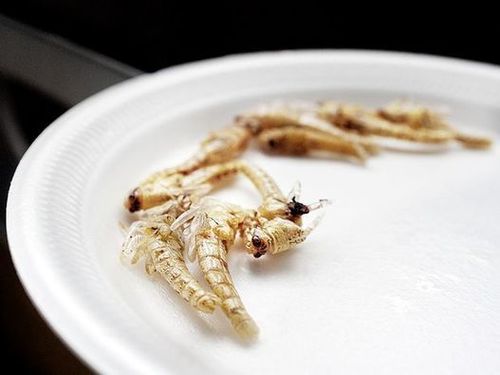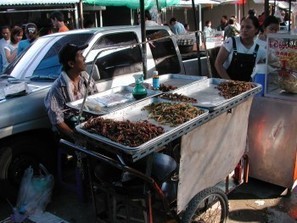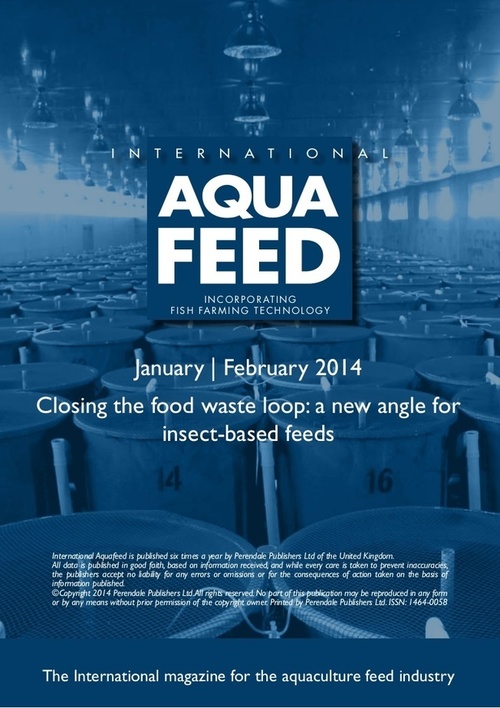See on Scoop.it – Entomophagy: Edible Insects and the Future of Food
La conseillère nationale Isabelle Chevalley a convié ses pairs ce lundi à une dégustation d’insectes au Palais fédéral à Berne. Qui aura le courage de déguster un cake aux vers de farine ou une rissole aux grillons?
See on www.lematin.ch

